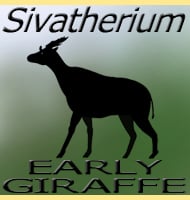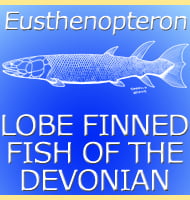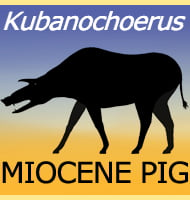In Depth
Janenschia is a genus of titanosaur that has a classification history closely tied to the African diplodocid sauropod Torneria and by extension the North American Barosaurus and the English Gigantosaurus.
We start in England in 1869 when Harry Govier Seeley named Gigantosaurus based upon a few vertebrae, partial limb bones and an osteoderm. Fast forward to 1908 and the German palaeontologist Eberhard Fraas creates a ‘new’ genus of sauropod dinosaur as Gigantosaurus based upon fossils recovered in Tanzania in 1907. Fraas is aware of Seeley’s Gigantosaurus, but decides to reuse the name anyway upon the basis that he did not consider Seeley’s description complete as well as the remains being considered by many other palaeontologists to be synonymous to other genera. However, names of animals cannot be used again once an original usage has been logged, even if it turns out later that that name is a synonym of another. So in 1911 another German palaeontologist named Richard Sternfeld renamed the African fossils as Tornieria.
When Tornieria was established there were two separate species, the type species T. africana and a second species T. robusta (both derived from G. africana and G. robusta as originally outlined by Fraas). In 1922 a further German palaeontologist named Werner Janensch examined the type species fossils and declared them to be synonymous with the North American genus Barosaurus. With the type species ‘dissolved’, T. robusta could no longer be classed as Torneria upon the basis that there was no type species to refer it too. It would not be until 1991 however that T. robusta was renamed as a new genus named Janenschia by Rupert Wild.
One of the things to come to light from the creation of Janenschia was that the original fossils first described in 1908 were actually those of a titanosaur, not a diplodocid sauropod. This realisation meant that even when Janenschia was known as T. robusta (and earlier G. robusta), it was never actually related to T. africana. This is why when the Tornieria genus was resurrected in 2006 by Kristian Remes on the basis of several key differences from Barosaurus (as well as appearing on separate continents), Janenschia remained separate.
When Janenschia was created the original species name was retained to create the new type species, therefore Tornieria robusta became Janenschia robusta. The genus name is in honour of Werner Janensch. Unfortunately Janenschia still remains little known and further fossil discoveries of the genus are sorely needed in order to reveal more detail about this dinosaur.
Further Reading
- Janenschia n. g. robusta (E. Fraas 1908) pro Tornieria robusta (E. Fraas 1908) (Reptilia, Saurischia, Sauropodomorpha) [Janenschia n. g. robusta (E. Fraas 1908) for Tornieria robusta (E. Fraas 1908) (Reptilia, Saurischia, Sauropodomorpha)] - Rupert Wild - 1991.









